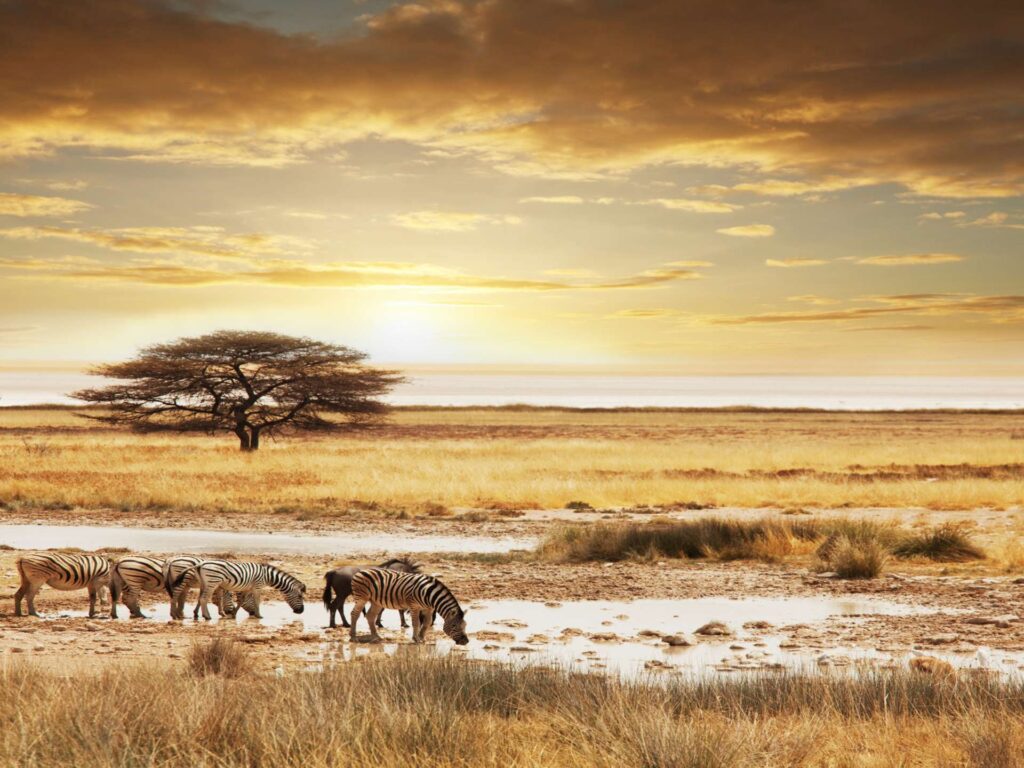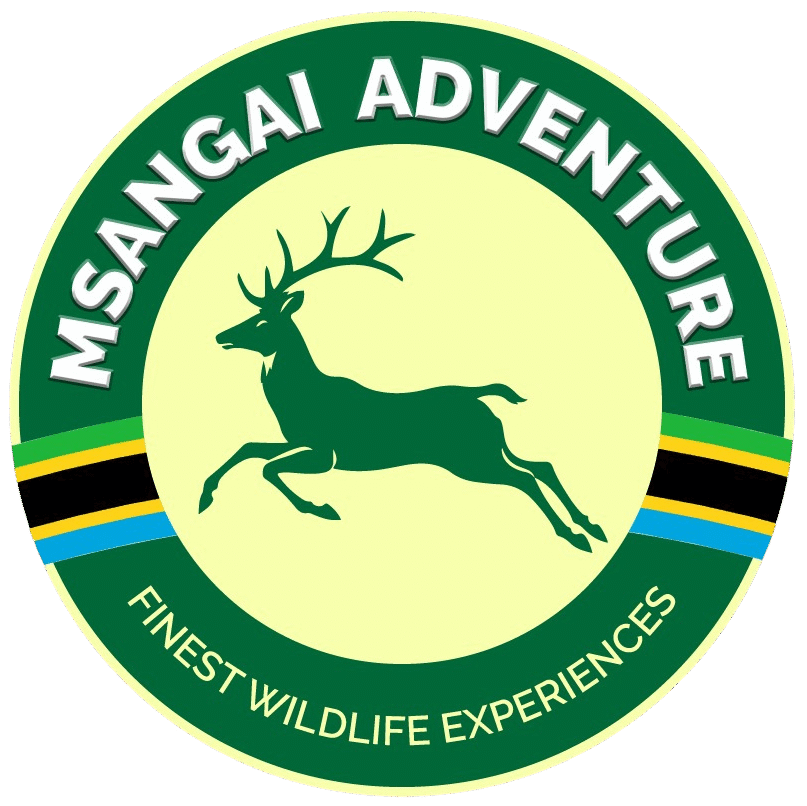The Best Time to Travel to Tanzania: A Complete Seasonal Guide
Tanzania is one of Africa’s most remarkable destinations—a land of vast savannahs, volcanic highlands, snow-capped mountains, palm-fringed beaches, and unmatched wildlife. Whether you want to witness the Great Migration, relax on the beaches of Zanzibar, or conquer the summit of Mount Kilimanjaro, the time of year you visit plays a crucial role in shaping your experience.
This comprehensive guide breaks down the best times to visit Tanzania, according to your interests—safaris, beach holidays, mountain treks, birdwatching, or cultural exploration. We’ll also cover the weather patterns, crowd levels, and month-by-month highlights so you can confidently plan the trip of a lifetime.

🌍 Overview: Tanzania’s Climate and Seasons
Tanzania lies just south of the equator, which gives it a mostly tropical climate with regional variations. There are two main seasons:
- Dry season: June to October
- Wet (rainy) seasons:
- Short rains: November to mid-December
- Long rains: March to May
- Short rains: November to mid-December
Tanzania also has some “shoulder months” that are transitional, offering unique advantages like lower prices and fewer tourists.
Different regions may experience the seasons slightly differently. For example:
- The north (Serengeti, Ngorongoro) is generally cooler and drier.
- The coastal areas (Zanzibar, Dar es Salaam) are hot and humid year-round.
- The south and west (Ruaha, Katavi, Mahale) have more extreme wet/dry cycles and are more remote.

🐘 Best Time for Wildlife Safaris
Tanzania is one of the world’s top safari destinations, especially during the dry season (June to October) when animals gather around water sources, making them easier to spot.
🔥 June to October (Dry Season – Peak Safari Time)
- Grass is short, and foliage is sparse—ideal for visibility.
- Animals cluster near rivers, waterholes, and lakes.
- Fewer mosquitoes and lower humidity.
- This is the best time to see the “Big Five” (lion, elephant, buffalo, leopard, rhino) in parks like Serengeti, Tarangire, Ruaha, and Ngorongoro.
- Wildebeest Great Migration usually crosses the Grumeti and Mara rivers in June–August—a dramatic and iconic spectacle.
🌾 January to March (Green Season – Calving)
- Best time to visit the Ndutu region of the southern Serengeti for the calving season—when around 500,000 wildebeest give birth.
- Excellent predator action (lions, cheetahs, hyenas) due to the vulnerability of newborns.
- Landscapes are lush and beautiful for photography.
- Fewer tourists and good discounts at lodges.

☔ March to May (Long Rains – Low Season)
- Many camps in remote areas close due to flooding and poor road conditions.
- Wildlife disperses due to abundant water sources.
- However, Ngorongoro Crater remains accessible, and some northern circuit parks (like Lake Manyara) are still visitable.
- The upside? Low rates, vibrant landscapes, and incredible birdwatching.
🐦 November to mid-December (Short Rains)
- Some scattered showers but still decent wildlife viewing.
- Birdwatching is excellent as migratory species arrive.
- Parks are less crowded, and prices are moderate.
🌅 Best Time for the Great Migrations
The Great Migration is a year-round movement of over 1.5 million wildebeest and hundreds of thousands of zebras and gazelles. Timing is everything if you want to witness specific events like river crossings or calving.
✅ Final Verdict: When Should You Go?
- For classic safaris, travel from June to October.
- For the Great Migration, visit in July–August for river crossings or January–March for calving.
- For beach lovers, go in July–October or December–February.
- For Kilimanjaro climbers, choose January–March or June–October.
For budget travelers, consider the shoulder seasons (November or May) for lower rates.
